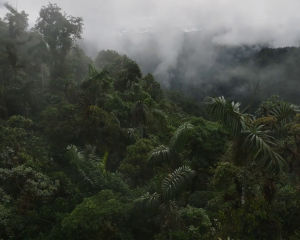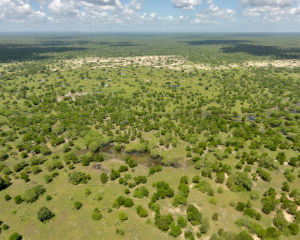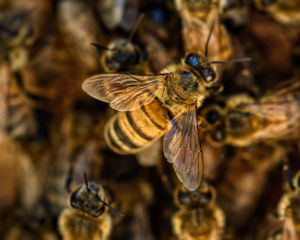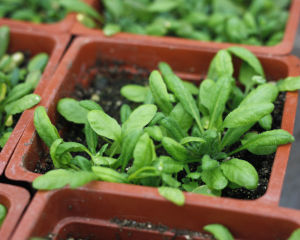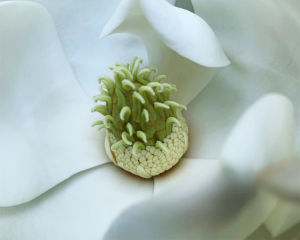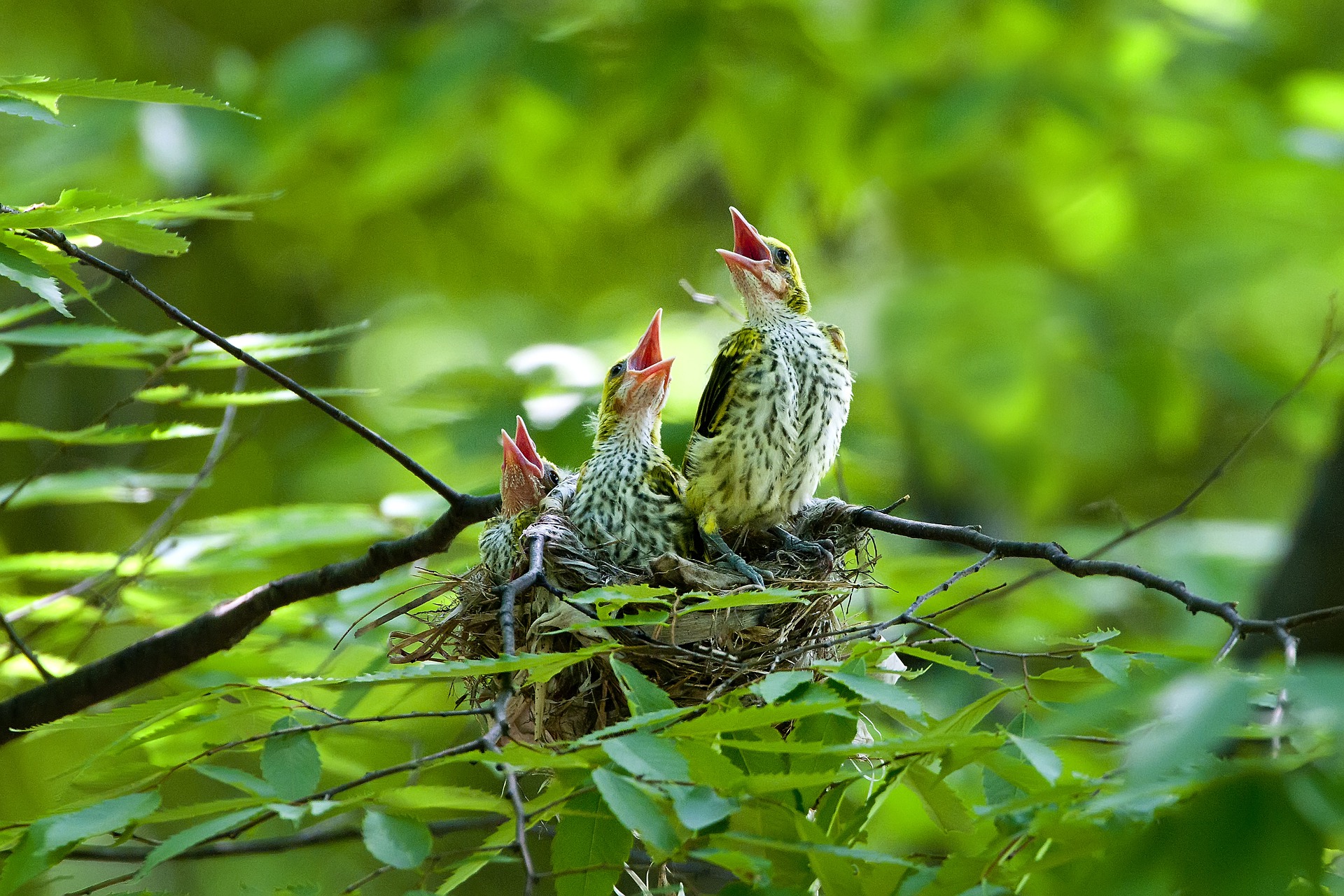
Bioacoustics: Finding the Voices of Other Species
By Gayil Nalls
Sign up for our monthly newsletter!
For years the Earth has been asking us to listen, but many of us only acknowledge the sounds of nature we hear in our day-to-day lives, such as that of bird song. However, many of nature’s sounds exist at frequencies unrecognizable to the human ear and so remain unperceived by us. While some may never consider the importance of these sounds, others have seen them as an opportunity to better communicate with the natural world and have developed a groundbreaking scientific technology that is preparing the way for a new wave of conversation.
In 2022, Karen Bakker published a book about the growing scientific field of “digital bioacoustics” titled, The Sounds of Life: How Digital Technology is Bringing Us Closer to the World of Animals and Plants. A popular term that is used repeatedly in the book is umwelt, which is how a specific organism experiences the world, or its worldview. This term is taking on a new meaning as our understanding of plant communication expands beyond the chemical to the auditory. “Digital bioacoustics” is allowing scientists to listen to the chatter of plants and animals that were previously inaccessible to the human ear.
For the first time, we will be able to know whether a plant communicates to others that it is hurt or in need of water, and to understand it’s needs and responses to external and internal factors.
Small microphones, like the ones you would find in your phone, but with the ability to detect higher frequencies, can be nailed to a tree anywhere in the world to record the sounds of the ecosystem there. They record a vast amount of data, and this is then run through an AI software that can in real time identify the species that is making the sounds, allowing scientists to gain a richer picture of a specific habitat. However, perhaps more excitingly, this AI software is being developed to recognize specific patterns in the audio, which would ultimately allow it to be used as a tool to translate this new natural language that has been discovered.
For the first time, we will be able to know whether a plant communicates to others that it is hurt or in need of water, and to understand it’s needs and responses to external and internal factors. For example, dry tomato and tobacco plants vibrate, producing distinct ultrasonic clicks or popping sounds, as many as 35 an hour, when stressed by dehydration or when injured. Understanding information such as this, potentially creates an opportunity for human intervention to allow plant species to thrive but more importantly, is educating humans on the experience of a range of different organisms, so that they might understand them better. Researchers are currently decoding the sound frequencies of long living East African Elephants and the coded sounds of Sperm Whales, creating dictionaries of their communications so we might better understand them. This research is also creating an opportunity to learn about the ecological knowledge they may hold.
Evidently, we are learning so much new information about the lives of plants and animals using bioacoustics. Individual scientists are making extraordinary discoveries, such as Gabriel Jorgewich-Cohne at the University of Zurich, who successfully collected recordings from over 50 species of turtles previously understood to be non-vocal (New Scientist, 2022). Tim Landgraf of Freie Universität Berlin studies the social networks and collective intelligence of honeybee colonies to understand the link between the communications of an individual and the emergent behavior of the group.

However, it is not just animals we are learning about, Austrian researchers have been monitoring trees with ultrasound sensors to understand why some trees recover from drought and others die. Five years of monitoring revealed that beeches (Fagus Sylvatica) are more drought-resilient than spruces. The drought stressed trees produced more signals than those getting rain. They say the sounds are from bubbles, called embolisms, which clog in the tree’s vasculature system due to insufficient water. Spruces pinged more, suggesting far more embolisms and therefore less water. Furthermore, when water was available again after a prolonged drought, these same spruces also had trouble replenishing their moisture reserves. (Plant Biology, December 2022)
These are all important individual discoveries, but bioacoustics also presents an amazing opportunity for the scientific community to utilize this new wealth of information on a larger scale. Previously impossible because of the cost of audio recorders, developments in technology means that a global acoustic monitoring program could be established worldwide. The sharing of data and recordings could be used to better demine how species are responding to the challenges of climate change and could chart population changes better than any system currently in place. This would allow for more advanced protection of species that are vulnerable, and significantly aid rewilding programs, both fundamental to conservation.
The AI programs that process the recorded sound are also fundamental to the conservational promise of digital bioacoustics, and they are advancing rapidly. A type of algorithm called convolutional neural network (CNN) has already been programmed so that it can identify 25 species of Puerto Rican frogs and birds simultaneously to a very high degree of accuracy. Tracking frequencies using this technology could allow scientists to track individual species closely, from afar. A decline in calls suggests a decline in species and may allow for the identification of diseases in communities earlier on. The possibilities seem endless, and as the technology develops these programs are only becoming more accessible. There are predictions we might reach a point where we can access a plant-focused Google Translate like software on our phones. Could the future really be a world in which we can understand the communication of the plants in our own yards?
Right now, digital bioacoustics present an exciting opportunity to expand our understanding of the natural world by giving us access to frequencies previously inaccessible to the human ear. As conservation efforts continue, we are presented with an opportunity to hear directly from plants about what strategies are working most effectively.
Gayil Nalls, PhD, an interdisciplinary art and theorist, is the creator of World Sensorium and founder of the World Sensorium/Conservancy.

As Ireland transitions from the rich, smoky scent of peat-burning to a more sustainable future, its olfactory heritage is evolving. What will become the next iconic aromatic symbol of Ireland?
Click to watch the documentary trailer.


